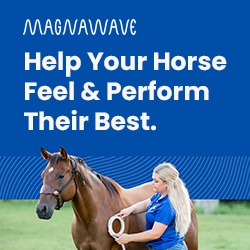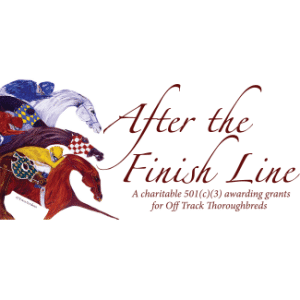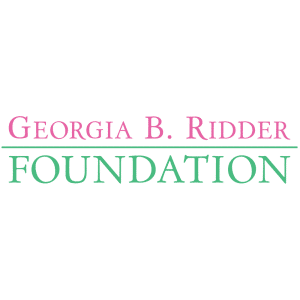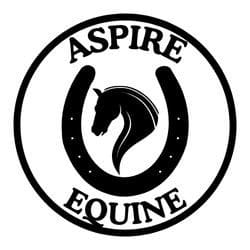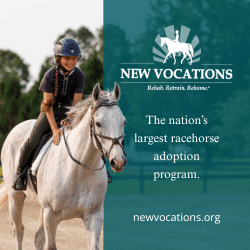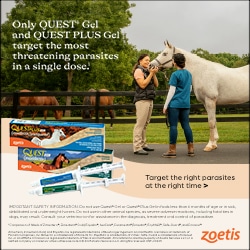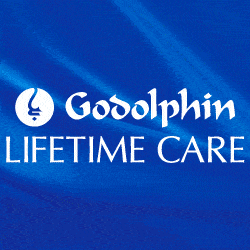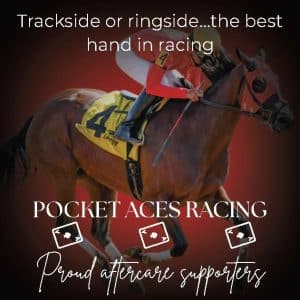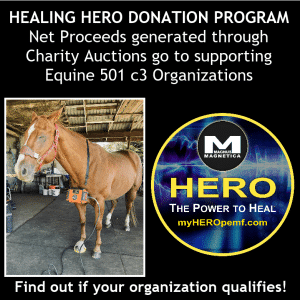Makeover trainers evaluate sport horse potential based on conformation shots
Social media and new smartphone apps have enabled potential OTTB owners to review a large number of retiring Thoroughbred racehorse listings at any given time. Newcomers to the breed might find it challenging to consider a prospect right off the track and decide if it’s a match for their desired purpose.
In this column veteran Thoroughbred Makeover trainers — professionals, juniors and amateurs alike — share their thoughts about assessing and selecting prospects based only on conformation photos. We feature trainers from two disciplines in each issue.
Our Trainers
■ Emily Brollier Curtis
Professional, eighth place in Dressage at the 2019 Thoroughbred Makeover with Makeamericagreat
Brollier Curtis’ love of dressage began in 2001, and she started her first horse under saddle in 2004. Since then, she has earned her USDF Bronze, Silver and Gold Medals and developed more than 15 horses to the FEI levels. Based in Lexington, Kentucky, Brollier Curtis’ dressage training and sales program, Miramonte Equine, encompasses everything from colt starting to Grand Prix. She has a particular niche for restarting OTTBs and takes pride and enjoyment in placing them into competitive sport horse homes.
■ Rosie Napravnik
Professional, winner of Eventing at the 2019 Thoroughbred Makeover with Sanimo
Napravnik grew up riding from an early age under the guidance of her mother, a trainer/coach at the lower levels of eventing. In addition to competing in eventing, hunter/jumper and mounted games, Napravnik pony raced, then got her first job galloping Thoroughbreds at age 13 for Jonathan Sheppard. Her racing career included two Breeders’ Cup championships, and she is the only woman to have ridden in all three Triple Crown races. Napravnik returned to the sport of eventing in 2014 and now operates her own business transitioning Thoroughbreds to second careers.
Choosing a Horse
Both Emily Brollier Curtis and Rosie Napravnik work with private sources directly, including trainers, owners and breeders. With farms in close proximity to Lexington, Kentucky, both trainers have been able to build a personal network of trusted direct connections.
“I ask the questions that matter,” Brollier Curtis says. “That includes questions about injuries, any career limitations, the reason the horse came off the track, how the horse is to handle. I always ask, ‘Did the exercise riders like this horse?’ You can learn a lot by whether or not the exercise riders wanted to ride it on the track.”
Napravnik often transitions horses from her husband, Joe Sharp’s, racing outfit: “He has many wonderful owners who love to see their horses transition into new careers.” She also takes on horses for connections in her network and, on occasion, buys horses sight-unseen. “In that case I need to see a conformation picture, an in-hand walk and jog video and video of the horse training on the track, if possible.”
For Brollier Curtis, the most important consideration for a new prospect is soundness for the job, including the previous injuries she’s asked about, or health concerns or major conformational flaws that could impede performance. After that, she looks at the horse’s eye as well as his neck. “If the neck is rigid and held high with tension, the horse might be more on the spooky or tense side,” she says. “You can fix a lot of things with training, and you can improve a spooky horse, but it will always be an element of their temperament.”
Beyond those particulars, Brollier Curtis looks for overall proportions and flow in conformation, followed by general impression of the horse as a sport horse: “If I was walking around a horse show, would that horse catch my eye?” She typically wants to see the horse walk and jog — both for soundness and to look for clean gaits. If she can see a horse canter, that’s a major plus. “Three good gaits and a good temperament will get you a lot further than anything else,” she says.
Conformationally, Napravnik looks for level or uphill builds, as well as good movement with swinging gaits. “With resale in mind, I often look for that priceless disposition that is suitable for an amateur,” she says. “But I enjoy taking on challenging horses, as well.”
Meet the Prospects
Our model horses come from MidAtlantic Horse Rescue (MAHR), based in Chesapeake City, Maryland. Bev Strauss and Ginny Cole met while training at Delaware Park and wanted to help Thoroughbreds after they retired, formally co-founding MAHR in 2002. In the early years almost all their horses came from local auctions and kill pens.
Horses now also come to MAHR from racing connections or via track placement programs. Horses are rehabilitated as needed, evaluated, lightly restarted and then made available for adoption as pleasure and sport horses. The organization also has a Pasture Pet Program for horses that cannot be ridden. Since MAHR’s inception, it has transitioned more than 2,000 Thoroughbreds.
MidAtlantic Horse Rescue was one of the first organizations to be fully accredited by the Thoroughbred Aftercare Alliance and also receives support from Thoroughbred Charities of America, the ASPCA Rescuing Racers Initiative, Beyond the Wire, Delaware Park and individual donors. The program has approximately 80 Thoroughbreds at all times.
While these three horses might no longer be available for adoption when this issue hits your mailbox, MAHR has plenty of prospects looking for their next partners.
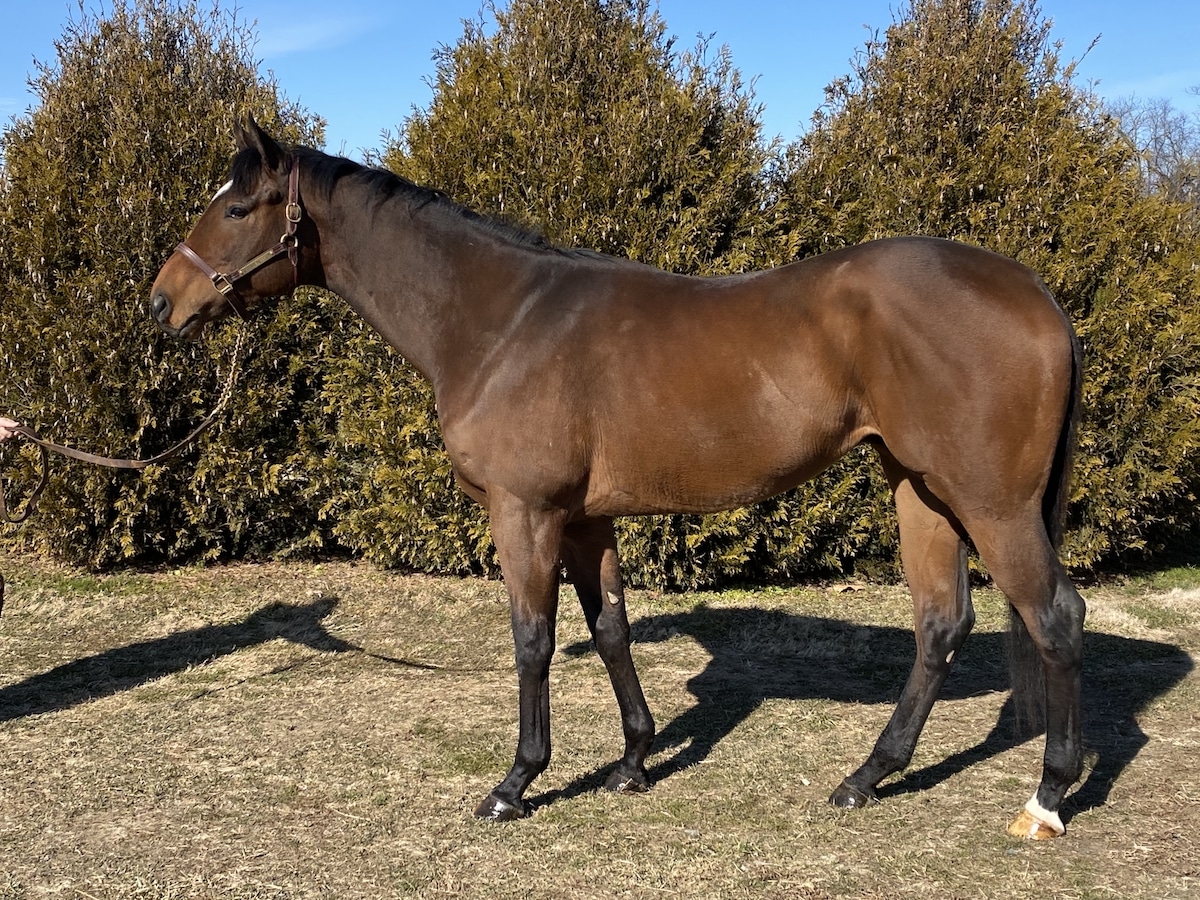
1: Big Birdie (Sky Mesa — Nurse Disco, Disco Rico) Courtesy MAHR
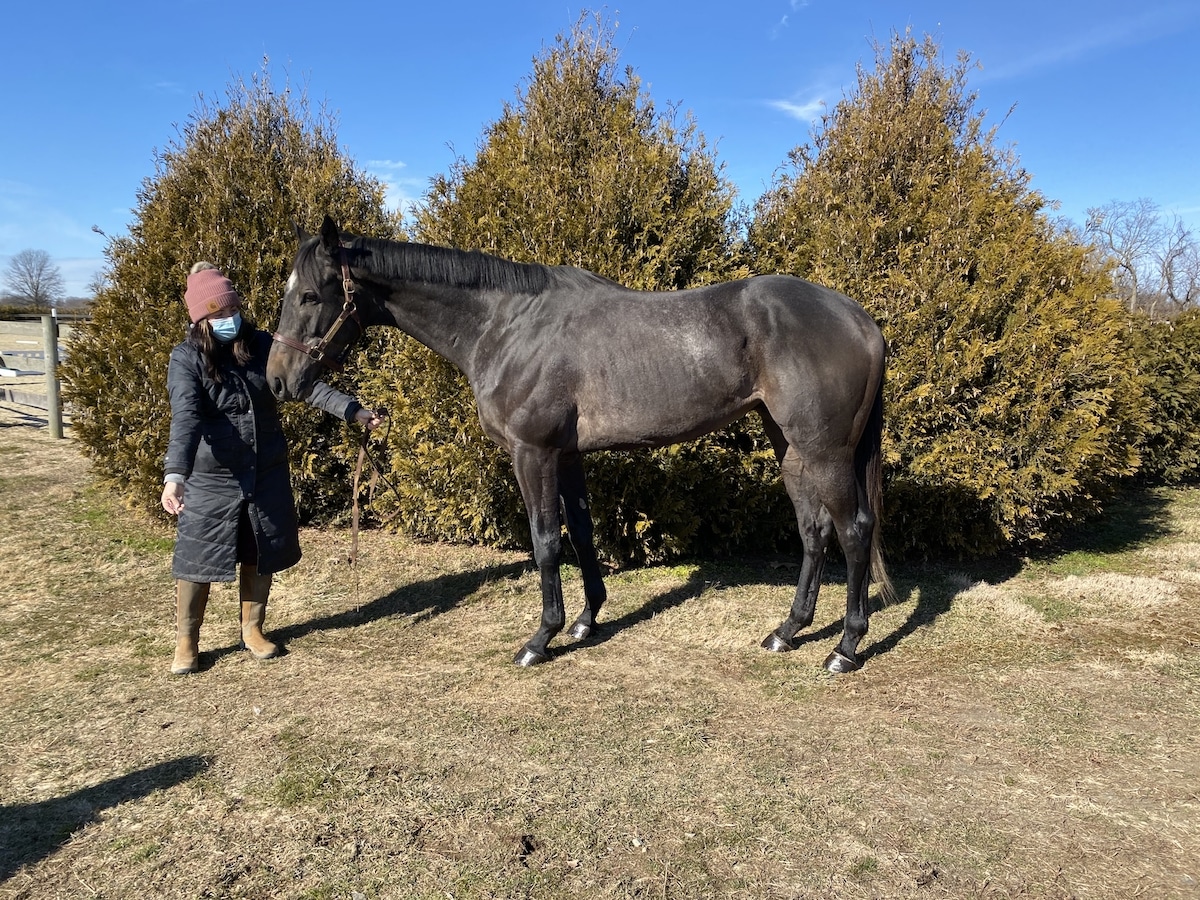
2: Traffic Count (Cross Traffic — Silk’s Diamond, Forefathers) Courtesy MAHR
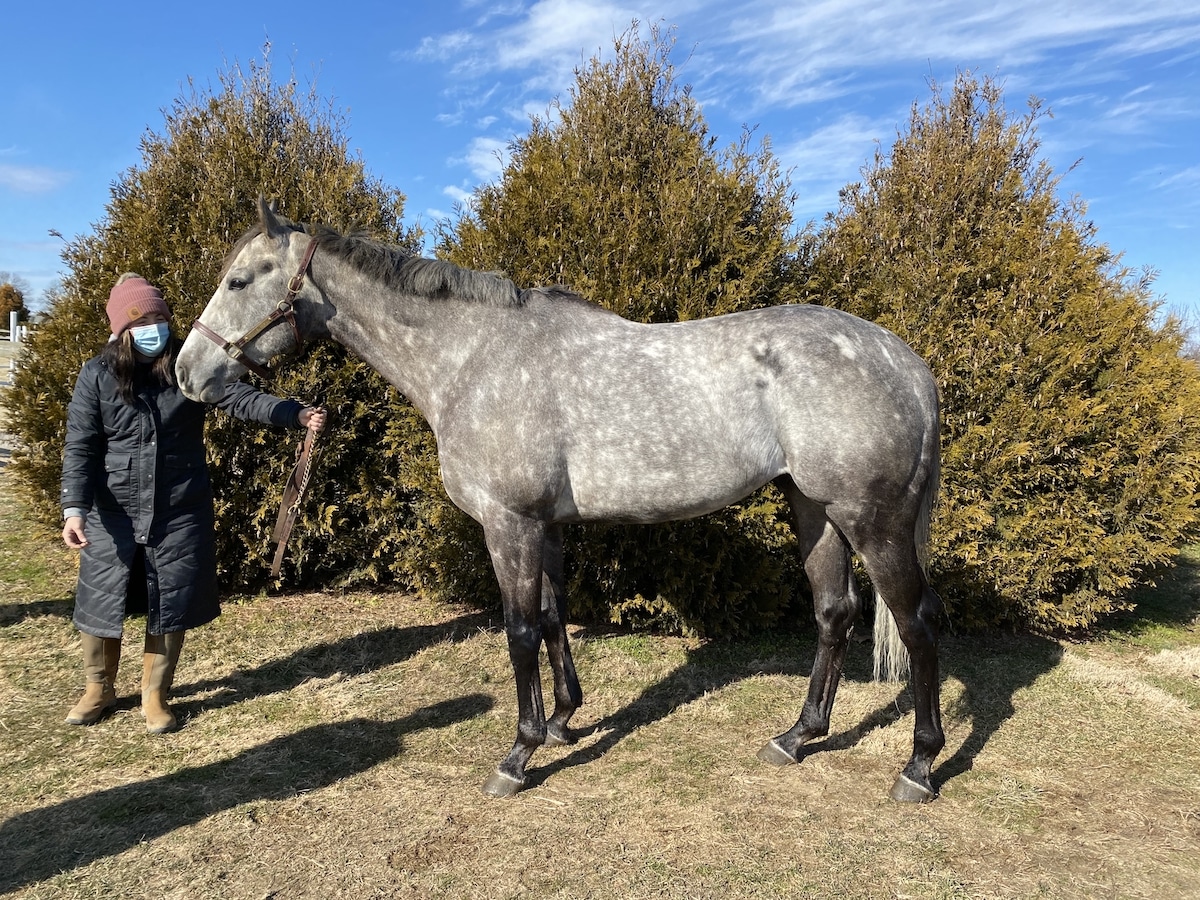
3: Flash Drive (Flashy Bull — Star of Luvina, Five Star Day) Courtesy MAHR
Brollier Curtis’ Picks
Horse 3: This horse catches my eye immediately (it doesn’t hurt that he’s a beautiful color). This is personal preference, but I like that he has almost a Warmblood look about him, even with a little bit of a coarser head. I actually like Horse 2’s neck better, but I think this one would develop well with proper training given the way the rest of his body looks. He is clearly built uphill and looks as though he will be able to take weight load behind eventually. He also has a soft look and expression which I hope will translate to his training. He just needs that topline built, and then this would be my choice.
Horse 2: The first thing I notice with this horse is that he looks athletic and sporty, with almost a quick look about him. I would probably say this would make a good event horse. He also looks relaxed and like he is a willing participant. I think this horse would develop nicely as he puts on topline, making his neck tie in better than it does at the moment in this photo. I can picture him with bit more of a crest and an almost “auto on-the-bit” look to him. He’s built pretty level and looks like he could also do well in dressage.
Horse 1: This horse has a quiet look about him and seems to be relaxed while taking the picture. The first thing that catches my eye is that he is a bit downhill. With his hind end so much higher than his front end, it would make him difficult to put on the haunch and sit for the sport of dressage. That’s not to say he would not make a great mount for another discipline, and he does look like he has a good motor. I like the way his neck sits onto his shoulders.
Napravnik’s Picks
Horse 2: I really like the look of this horse: The first thing I notice is a kind, smart eye. I look at the general build of this horse, and he’s very level when you consider the stifle in relation to the shoulder and wither in relation to the croup. This makes for a good bascule over fences. He has a nice angle at the shoulder and a nice long neck, which is good for balance. He has shorter cannon bones, though just a bit long in the pastern. His back is a good length for sport. He has a bit of an open angle of the stifle, making the leg somewhat straighter than what is ideal, but the hock is set nicely.
Horse 3: Hubba hubba! This horse is also relatively level shoulder to stifle and wither to croup. His neck is definitely on the short side, and he has a much steeper shoulder than the other two horses, which makes it harder to bring the knees up over fences for a flashy style of jumping. That said, I’ve ridden some straight-shouldered horses who could jump the moon, just with a different style. The front legs are built well, his back is a nice length and, while he looks a little shorter than Horse 2, I appreciate the compact build. He has a good angle of the stifle and the hock, which will help get that front end up and over.
Horse 1: I assume from the photo that this is quite a young horse who has a bit of growing to do to bring his front end up. There is plenty to like about him: He has a great shoulder angle, which shows he should have a good length of stride. I like the angles of the stifle and hock, though he’s standing a bit camped out behind in this photo. I think he has a decent length of neck, though it might be a bit short when taken into consideration with the length of his back and loin. He has a nice 45-degree angle in the pasterns, yet the cannon bone is slightly longer than what I’d like to see. He could mature to be very nicely conformed.
This article was originally published in the Spring 2021 issue of Off-Track Thoroughbred Magazine, the only publication dedicated to the Thoroughbred ex-racehorse in second careers. Want four information-packed issues a year delivered to your door or your favorite digital device? Subscribe now!

